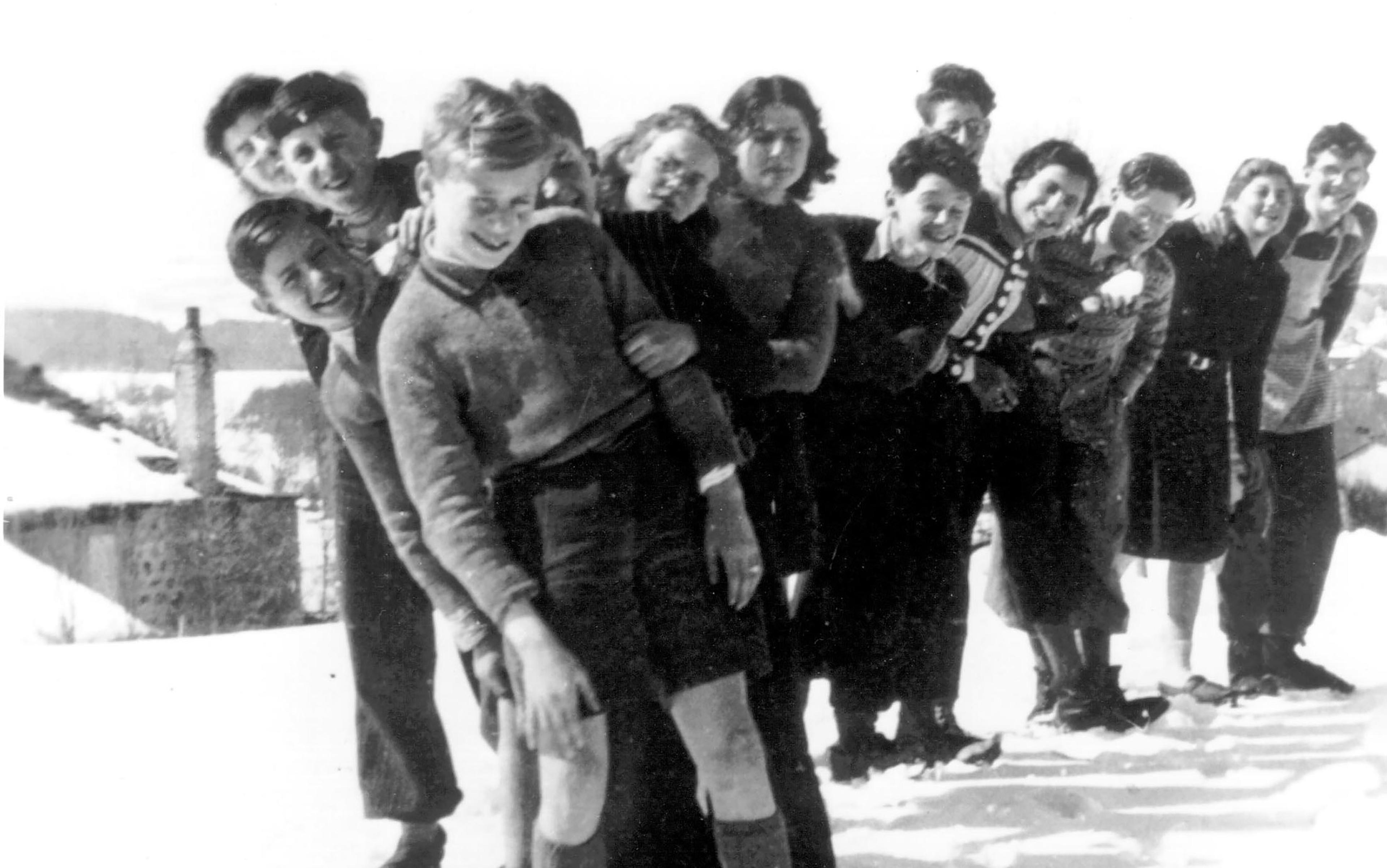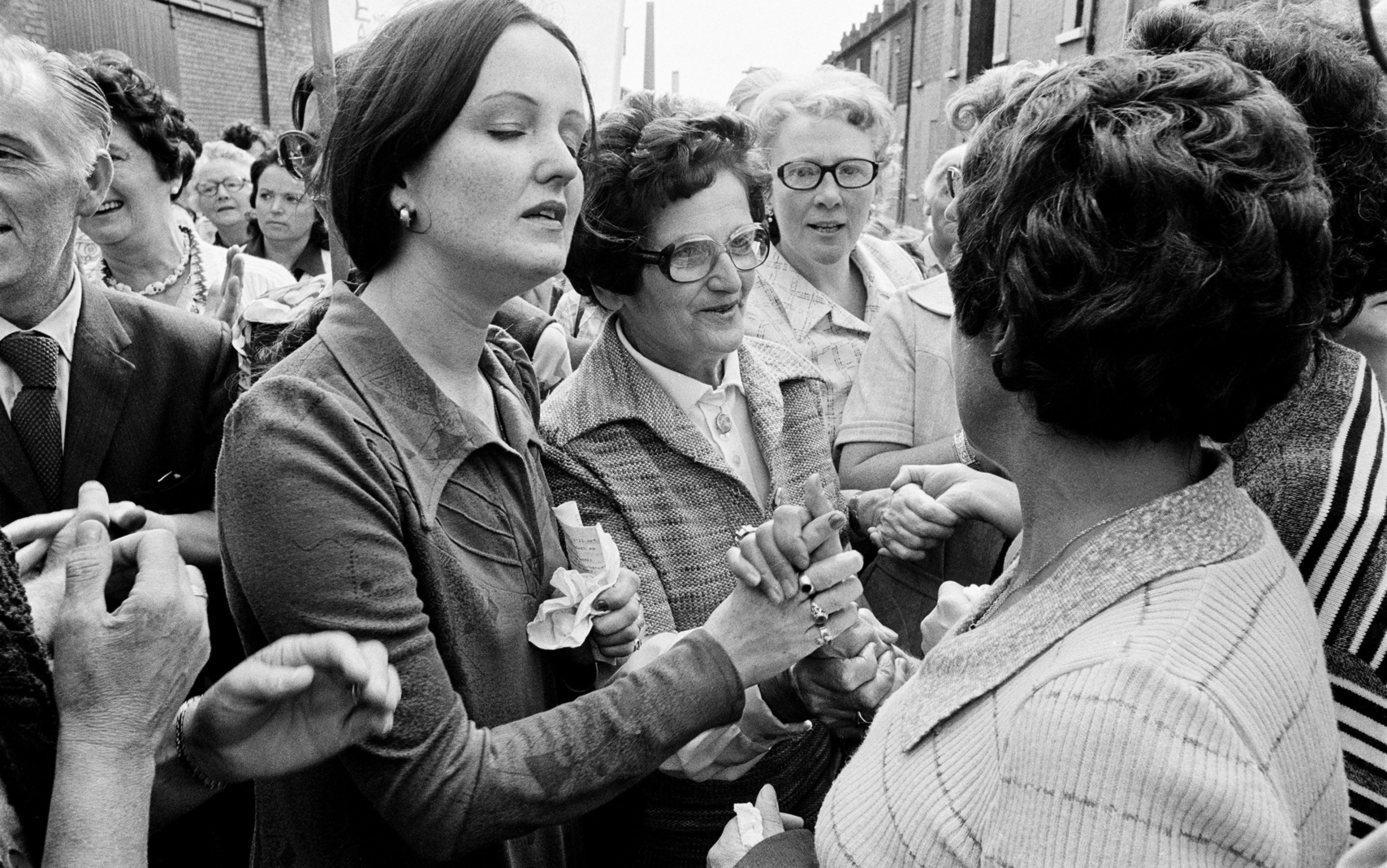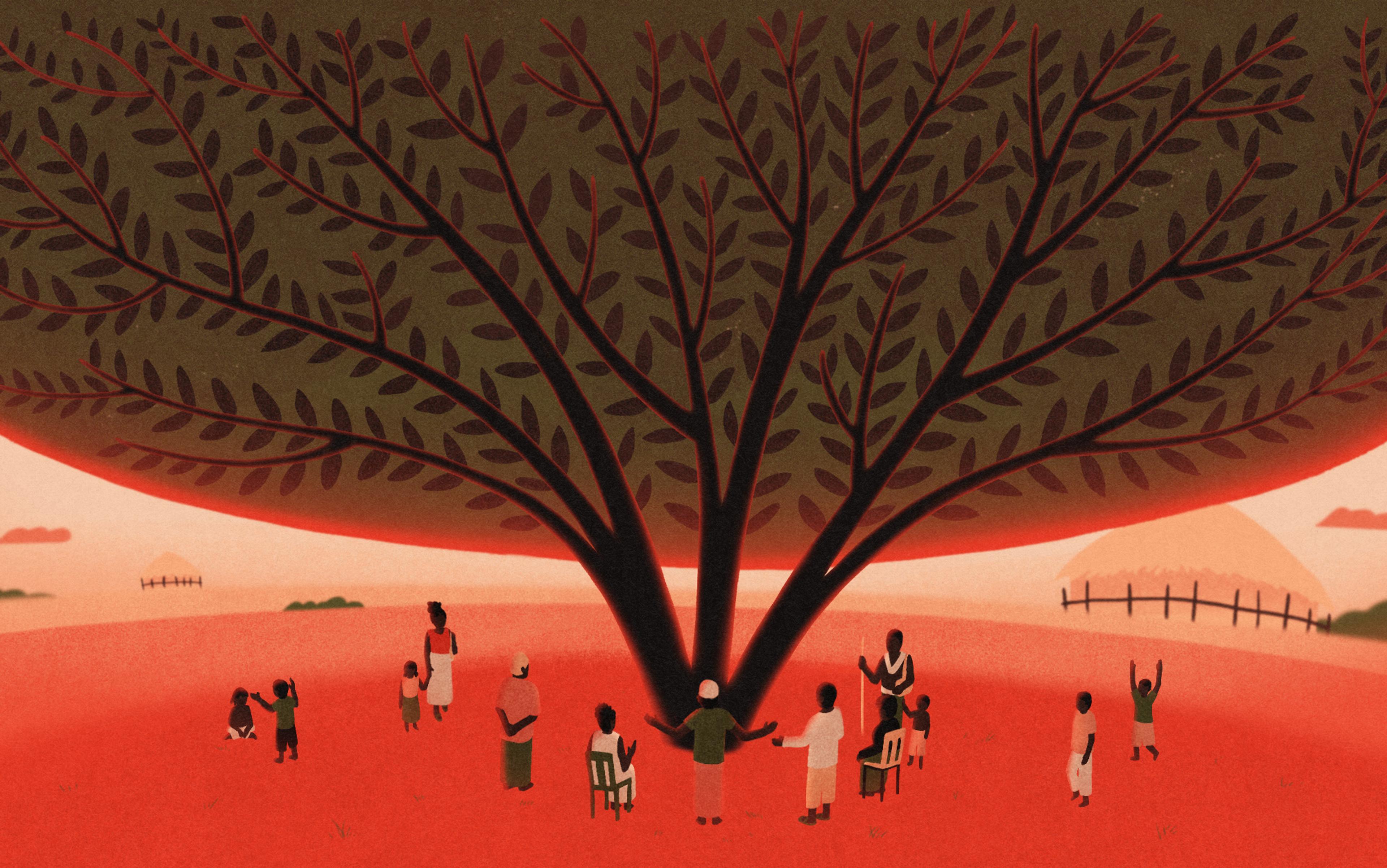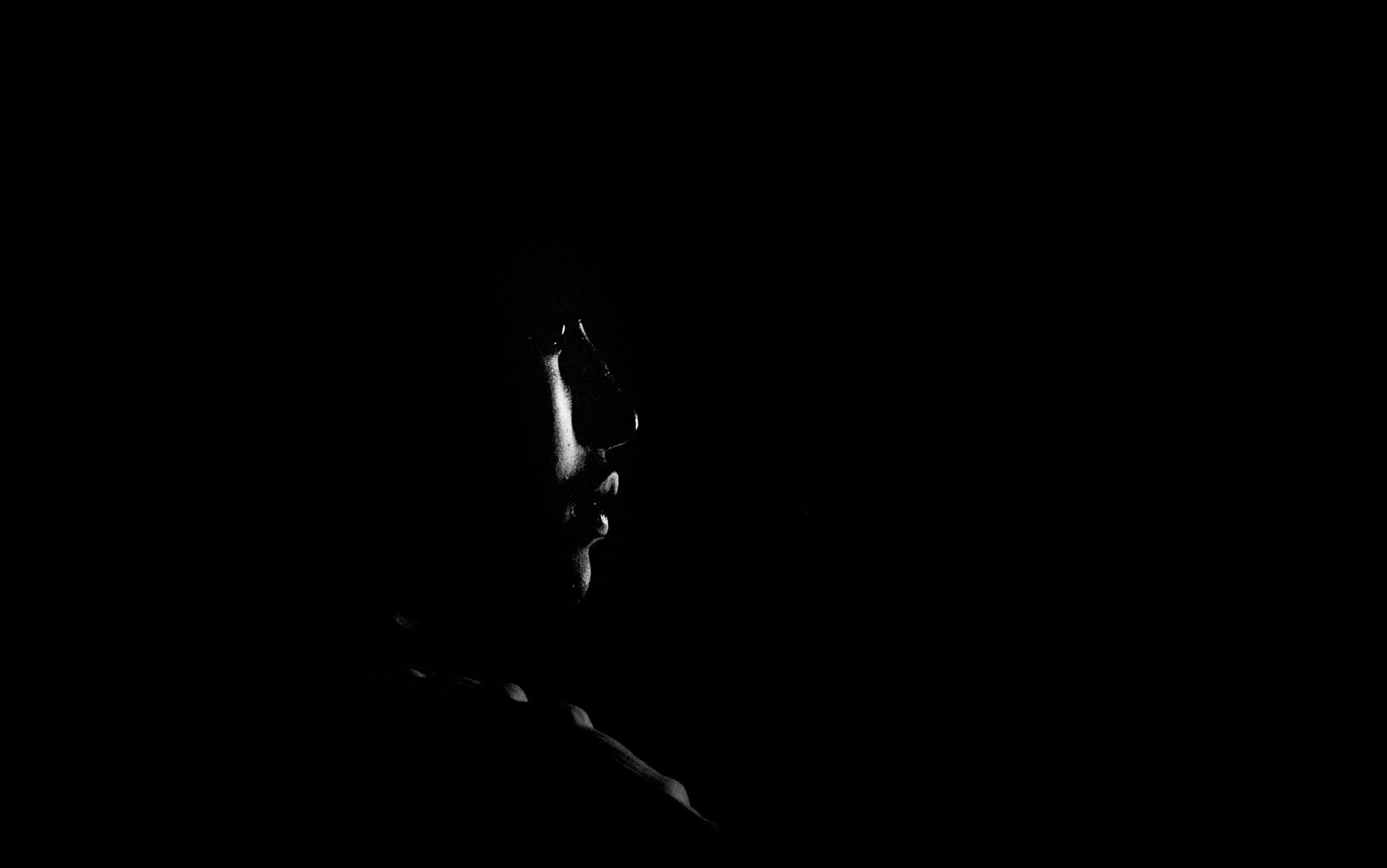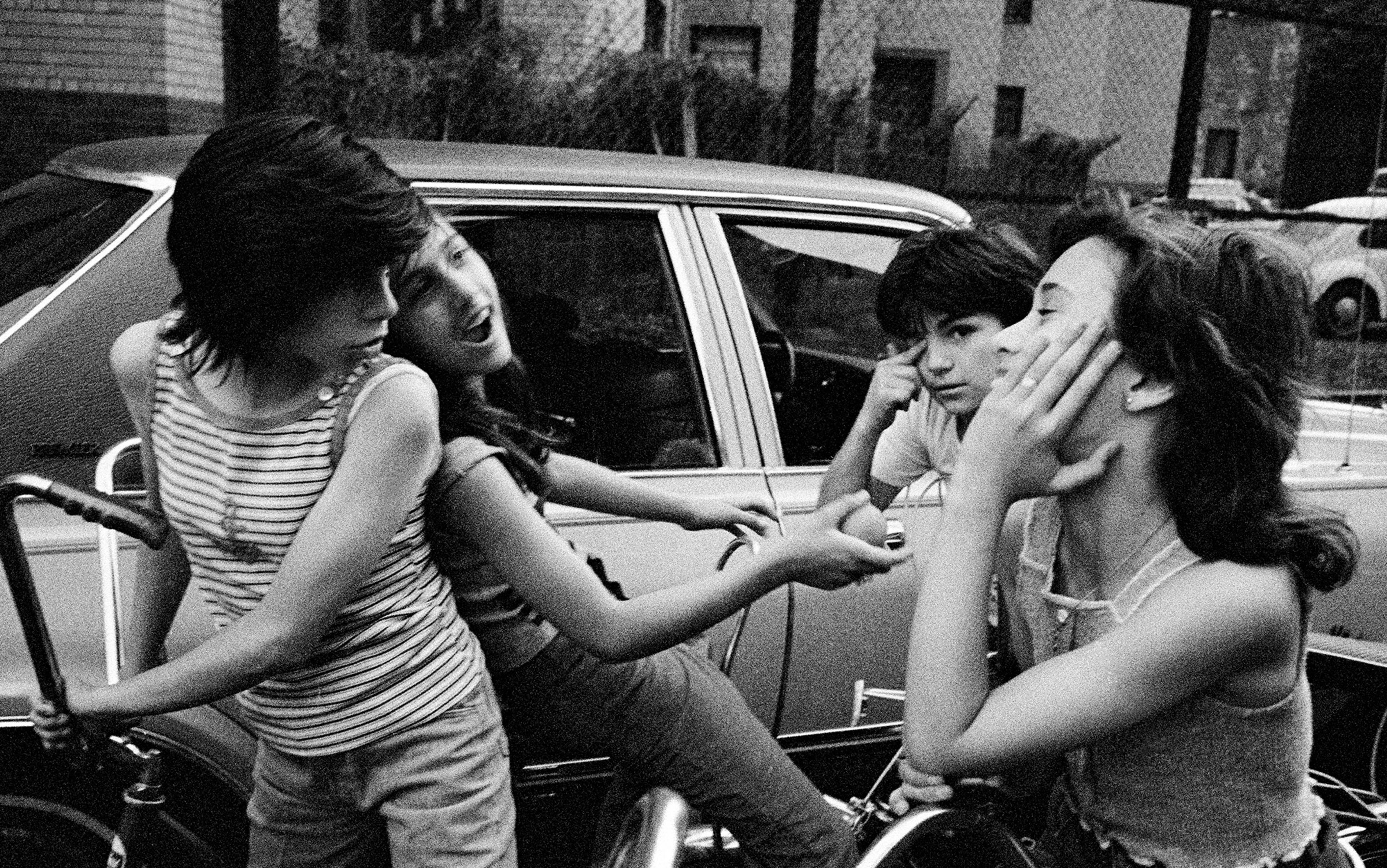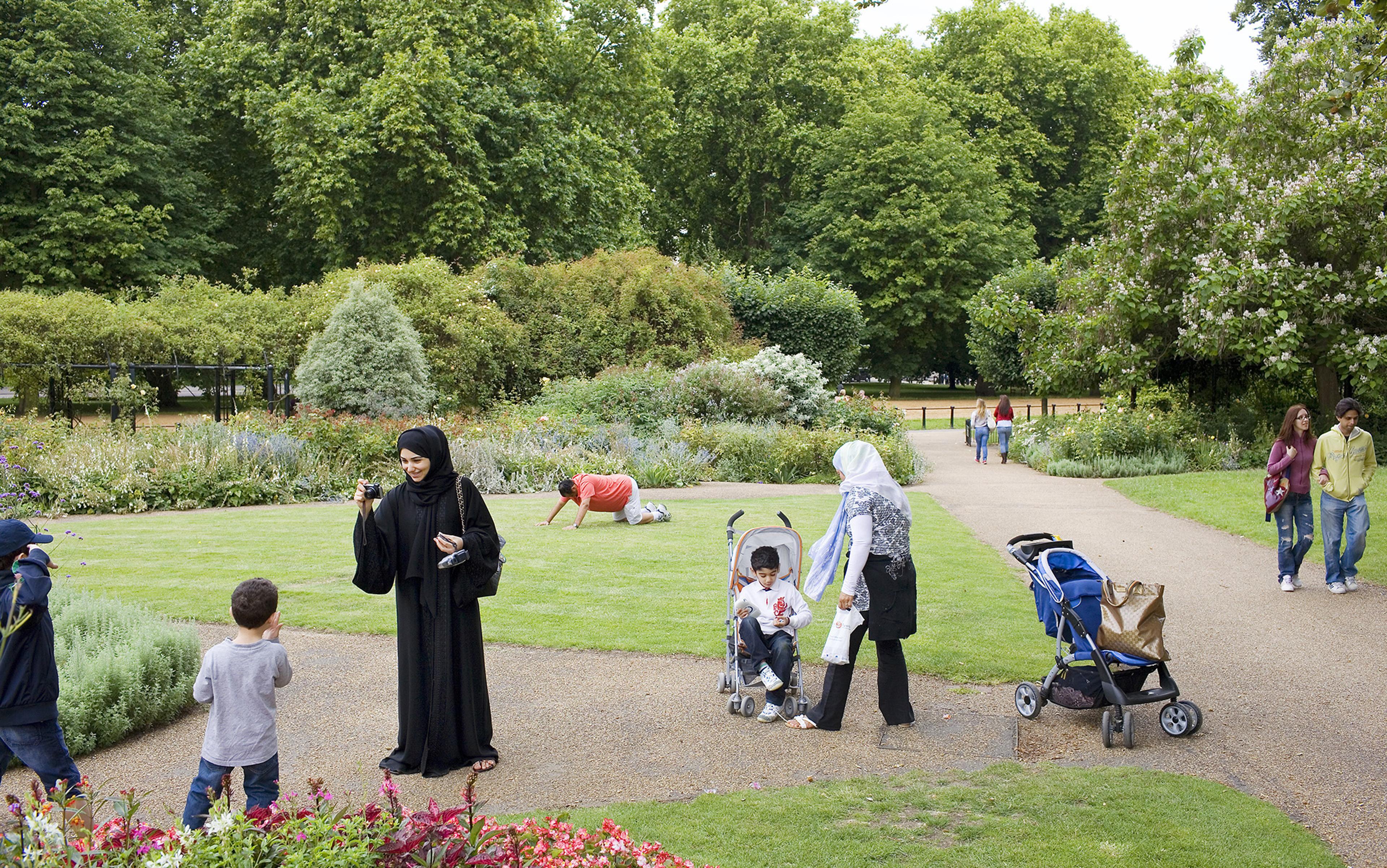Let’s just say that suddenly you are a social scientist and you want to study peace. That is, you want to understand what makes for a peaceful society. Let’s say that, for years in your work in various parts of the world, you’ve been surrounded by evidence of violence and war. From individual people, you’ve heard about beatings and arrests and murders and rapes; you’ve heard about deportations and black-masked men demanding your food or your life. You’ve heard about family violence and village violence and state violence. You’ve heard these stories from old women with loose, liquid tears and young men with arms full of prison tattoos.
There were men on horseback calling the boys to war and long black cars arriving to steal people away in the dead of night; there were girls who’d wandered the landscape, insane after sexual violations; there was the survival of the fittest in concentration camps; there were pregnant women beaten until their children were lost and bodies piled up in times of famine; there was arrest and exile for the theft of a turnip; there were those who were battered for being a Jew or a Christian or a Muslim or a Bahá’í.
Let’s say that, in the world of ideas that swirled around you, approximations were made of how to make sense of this mess: the presence of certain kinds of states; the presence of certain kinds of social diversity; the presence of certain kinds of religions. And let’s say that the shattering stories had piled on over the years and at some point you just snapped. And you wanted to study war no more.
As it turns out, it’s harder to study peace than you might think.
Or it has been for me. I’m an anthropologist who spent years living among country people asking basic questions about how memory works in groups. I thought I had some ideas for how I might start a search for peace. After all, even though the stories of violence were many, for the most part people seemed occupied with other things in life: they were working in kitchens or fields, hauling water, making decisions about what to do based on the weather, eating with guests, cleaning up after livestock. In normal times, even if they bristled sometimes, people faced each other day-to-day with working problems and working solutions. There was love and there were revelries and heartbreaks. And in spite of what they’d seen in life or what their very own hands might have wrought on their worst days, people saw themselves as basically decent, and expected basic decency back from the world.
Most of the empirical research that says it is about peace is really about conflict. It’s about cleaning up afterwards
Surely, there had to be ways of looking for that kind of eye-to-eye decency. Surely, there were ways to study its power and its limits, particularly when people were faced with tempestuous times. Were there communities out there that were good at being good when things got bad? In my research on memory, I’d studied practices of resistance and persistence. Could there be communities that were resistant to violence, persistent in decency? I didn’t know exactly what I was on to, but I knew I wanted to study it. In shorthand, I called it peace.
But peace was hard to find. I dug into contemporary scholarship in anthropology, sociology and political science; I went through databases and bibliographies and talked to colleagues who had been in the trenches with me in the study of a tumultuous Eurasia, and with other colleagues in peace studies programmes or peace institutes. What I found was this. First of all, there is immensely more contemporary social science on violence than there is on peace. Second, most of the contemporary empirical research that says it is about peace is really about conflict. It’s about resolving conflict, cleaning up after conflict, about programmes to bring aid to people in conflict settings. It’s about laws and justice within the context of conflict. On the whole, these literatures are about peace insofar as they point to the suffering of millions and lament. Often this work paints peace as something ‘brought’ to distant others; it is a thing bestowed from the outside.
This kind of work is important, but it wasn’t what I was looking for. I wanted social science that landed smack on the inside of peaceful societies and studied human interactions at the eye-to-eye level, saying something about how peace works in its tight mechanics. I wanted empirical research that regarded the social body up close and asked about its long-term health and stability; research that asked how, in hard times, regular decency can sometimes translate into extraordinary kindness. Here and there I found brilliant examples of work like this, but strikingly few of them.
I began to wonder: why is peace so hard to think about? Or conversely, why is violence so easy?
When writers and academics talk about violence, it can seem to have a ‘thing-ness’, to stand out from the background. It can be counted (a shot, an explosion, a bullet, a death), or so we believe. It can be added up and placed into data sets. In the aggregate, and with a measure of confidence, political scientists can fit violent acts into models, which they use to make statements about the world. Violence happens: a gun goes off; a person is killed; a neighbourhood is raided; a border breached. The n is large here; the data take shape. We can decide that more violence happens, say, when there are more young men than usual, or when there is a weak state, or mountains present, or too much petrol. Violence happens, and it is awful, and it is counted; and from that counting, the contours of probable outcomes are given a local habitation and a name.
But can peace be counted? Where is it located? When does it happen? Peace lacks this analysable ‘thing-ness’: it seems like a non-event, a null set. Characterisations of peace and peaceful societies — from the Eden of the Bible to the ‘radiant future’ of Lenin — look dull and flat, or else gauzy and kitsch. As a child, I would leaf through the Children’s Illustrated Bible in the dentist’s waiting room. Religious peace looks like the beatific expressions of light-skinned people gazing heavenwards in the Eden of those illustrations. Perhaps a lamb sits there, too, legs folded, under a tree. Peace is bland and blonde, fundamentally lacking the dark ring of truth.
Political peace à la Marx and other visionaries of the 19th century is hard to make out, too. In the end, at any rate in Marx’s version, it looks like getting to hunt and fish when you want and passing around the milk can so everyone gets a fair share. It’s the end of history, the land of peace at the end of time; the wars have all been fought and now there’s nothing but free milk. Marx was keen-eyed, detail oriented and extremely voluble on the subject of capitalism. When it came to imagining communism in practice, he too reverted, in effect, to lambs, legs folded, under a tree.
In these visions, peace is a thing only to the extent that it is an impenetrable, immovable, unchangeable thing. As Descartes said in his Discourse on the Method: some stuff (the physical world) is amenable to science and scientific law, and other stuff (poetry, theology, the matter of emotion) just isn’t. Peace — a place where nothing ever happens — can’t, in our easy thinking, be divided up at all. And if it can’t be divided, it can’t be studied, only felt. That’s a terrible shame. After all, what could be more important than the actual content of peace? What could be more useful, when you look into the eyes of individual people who have faced violence right up close, than to have some understanding of what a monumental effort peace actually takes? Or what ingenious (or even banal) habits it depends upon?
Who were they and what were they up to, those villagers who saved others at such risk to themselves?
And yet, despite the Cartesian dualisms that continue to shape our scientific models, perhaps peace can in fact be analysed. What if it can be seen not as timeless, but as dynamic; not located in the beginning or in the end but in the unfolding; something not of the ether but of lived soils and grounds? What if peace is, actually, something flawed and rough-grained? Well then, social science can handle that. It can do dynamics. It can look towards the longue durée, settling happily into the study of actual, imperfect behaviour. That kind of research doesn’t require calls to the angels or to Elysium. You just look into the faces of real people and the connections they make or don’t make with each other, and the stories they tell or don’t tell, and the ways they decide or don’t decide to treat a stranger as one of their own.
If peace could be this — defined within a regular, real kind of social world — how would you know a peaceful community when you saw it?
The lack of violence is a good start, of course. It tends to define peace in the negative, which is like defining health in terms of the absence of illness and not as the brilliant sum of systems that preserve the spark of life. Still, it’s useful. Some recent research on social networks seems to show that if there are deep and common contacts between communities, violence is less likely. This kind of study has the potential to point arrows at less violent places, even to help us ask what kinds of contact are most correlated with reduced violence. So, for example, if you want less trouble in a community, should you buy your vegetables from people of another ethnic or religious group? Should you go to school with them? Should you have them in your home and break bread with them?
Other gems of the large-scale n are out there. It seems, for example, that societies where girls are educated are less likely to be violent. This is a stunning revelation. And I came upon Vjeran Katunarić’s work on ‘peace enclaves’ — that is, towns in the former Yugoslavia that avoided violence both during the Second World War and in the Yugoslav wars of the 1990s. What characteristics did those villages share? Why, when war was raging all around, did this strange null-set of violence persist, not once but twice? Networks seemed to be involved again. So did shared stories about the kindness of strangers, faithfully passed down. Large-scale data sets where violence goes down and down — perhaps, someday, to zero — are an excellent start.
Still, for me, that up-close look at the tear-lined eyes is necessary. Heaps of data are good for policy, but what is peace, face-to-face? What is it when war rages? I still don’t know exactly, but I’ve started to see where to look for it: in how a community solves even its small problems; how it handles inequality and sharing; how it handles strangers at its many thresholds; how it defines and deals with diversities; how it makes a habit of protecting the vulnerable in troubled times; how some behaviours become, in effect, unthinkable within it. All of these actions are observable. None requires beatific expressions in the enacting. Peace is, in other words, knowable.
Not long after I decided to study war no more, the story of Le Chambon-sur-Lignon and the Plateau Vivarais-Lignon came into view. Years earlier, an aunt had sent me a book called Lest Innocent Blood Be Shed: The Story of the Village of Le Chambon and How Goodness Happened There. It described how a cluster of villages in France’s Massif Central had sheltered and ultimately rescued thousands of Jews during the Second World War. Written by Philip Paul Hallie in 1979, the book had been collecting dust on my shelf, but now — looking for peace — I picked it up.
Hallie was a philosopher, but he’d stumbled upon this story and interviewed as many local participants as he could. That was hard in itself: then, as now, people were reluctant to talk about what had happened. Yet in his writing, Hallie is in raptures. It’s easy to see why. Here was a case so utterly unlike the rest of the Holocaust (which I had been facing more and more closely in my work in Russia and Ukraine). Here was an example of long-term, organised, group rescue that brought immediate threat of punishment and death to villagers. And these villagers, for their efforts, were indeed sometimes punished. Sometimes they were killed.
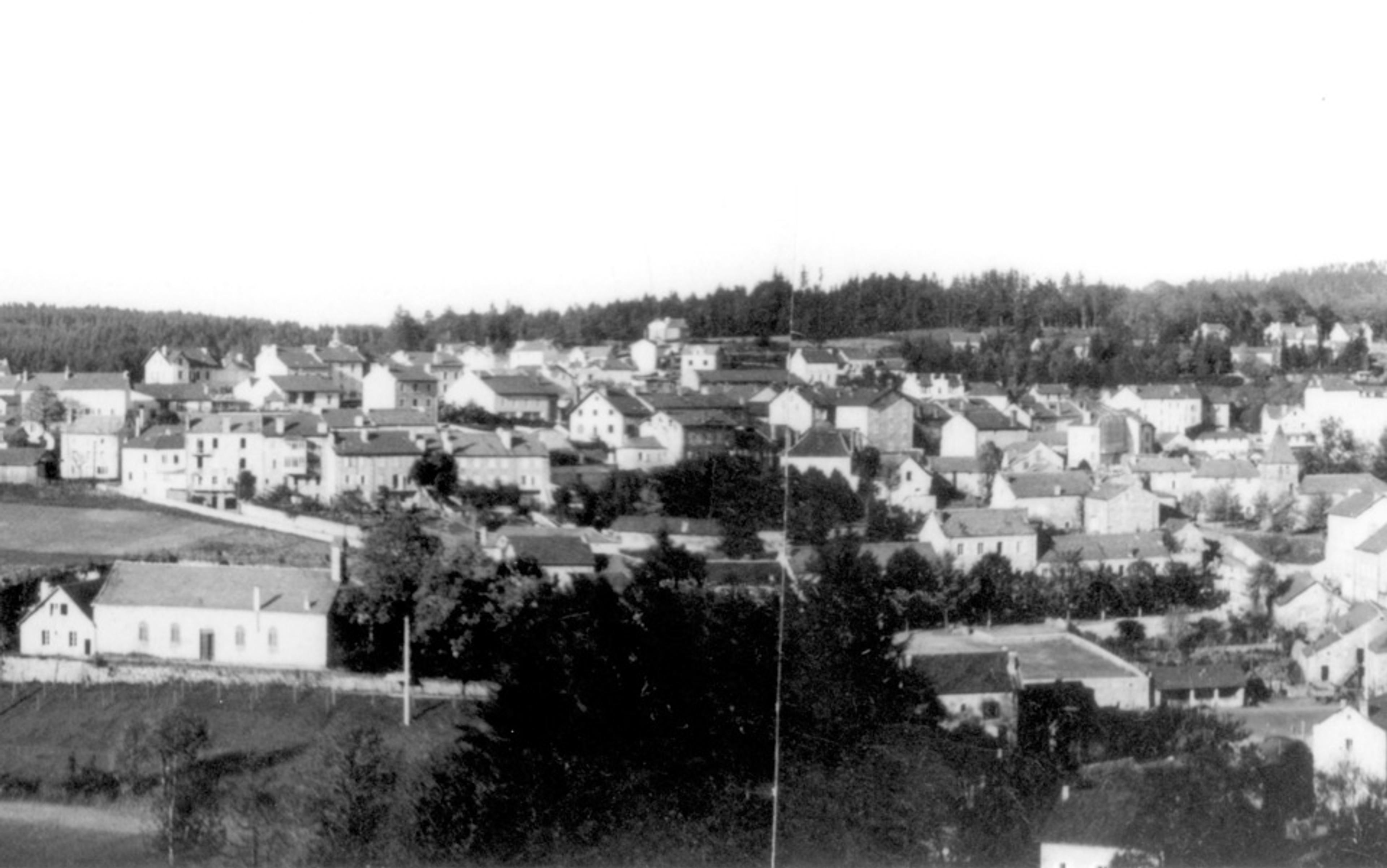
Le Chambon sur Lignon before the Second World War. Photo courtesy the Chambon Foundation
So rare was this sort of group rescue effort that to this day, the village of Le Chambon-sur-Lignon is one of only two communities that has been named as ‘Righteous Among the Nations’ by Yad Vashem in Israel (the other being the village of Nieuwlande in the Netherlands). Hallie’s book was hagiographic (the angels sing!) and was not the work of a trained historian. All the same, he was sketching something that was and is profoundly worth understanding. Who were they and what were they up to, those villagers who saved others at great risk to themselves? Those people for whom common decency became uncommon decency? They were tested with terrible fires and landed far on the end of the bell curve drawn by ‘rational choice’. They protected others at risk to themselves. Who were they? What did they know that others didn’t know?
By now, I knew I was in raptures, too, but I also knew that the importance of this story went far beyond its emotional reach. Here was a place where I could go, and — as I’ve done many times before — start looking and listening. I could see how people lived with strangers there, down to the detail. I could see how inequality and diversity were handled; how decisions were made. As in all the other research I’ve ever done, I could also look at lived faith — not what religion people claim to adhere to but how they regularly orient moral choice, with whatever means. In this community, angels singing or not, I could think about practices of resistance (to outside violence) and persistence (of the protection of strangers). I could see whether that rescue was a brilliant fluke, or something embedded in long-term social practice.
So I began to visit the Plateau Vivarais-Lignon. And the story grew curiouser. For one thing, I learnt early on that people in this region have been protecting vulnerable outsiders for centuries. Here was an empirical fact that, if it said nothing about causation, certainly could tell us something about persistent social forms.
I’m learning that the most gripping side to the story of this Plateau often comes from silence, from what is shown in times of fire
The details were important: this was a largely Protestant area that had suffered persecution during the religious wars starting in the 17th century. From then on, things got going. They hid Protestants who were trying to flee France, then they sheltered Catholic priests after the French Revolution. In the 19th century, they brought needy children in from large industrial cities; then children from Algeria; then mothers and children from Spain during the Spanish Civil War; then, during the Second World War, Jews — mostly Jewish children. But all kinds of other people arrived in flight, from communists to German soldiers to any number of political outliers.
After the Second World War, people were landing here from Hungary, Chile, and Tibet; there were students arriving at a local boarding school from countries in Africa, Europe and the Middle East. Today, there is a centre for asylum seekers in the Plateau, with residents from eastern Europe, central Africa, and the North and South Caucasus, all of whom have fled for their lives. The violent stories are still there, but they are different. Now, for the father from Chechnya or the mother from Guinea — just as for the Jewish child of the Second World War — there is the possibility of future flourishing. From the Plateau, these fathers and mothers and their scores of children will carry stories of possible worlds of peace.
So I’m learning now, as I never learnt before, about what it meant to walk through forests from Congo to Angola and Namibia and back. I’m learning from a man with scarred hands and blackest eyes about how, when you come upon a village in those forests, you are offered armful bounties of fruits, and a bed in the home of a chief. I’m learning about what it was like to have a machine gun fell an uncle in the Caucasus, or to lose a leg to a bomb (and to watch the one-legged man with his own children now, kissing them sweetly on his hollowed lap while still growling at the world). I’m learning how good it felt to come to this quiet plateau in safety, but how constant and drumming the fear of the future still is. I’m learning that the Plateau is made of real people, often very reserved, who might not be quite used to the need for halal meat, or might be a little jarred when the asylum seekers don’t quite know how to handle the grocery store or a dentist’s appointment, or how locals maybe aren’t quite comfortable when the grateful arms of raven-haired strangers are thrown around their necks. I’m regularly surprised, and often touched, by how the contemporary refugees begin to take care of each other — becoming, in effect, rescuers themselves. And I’m learning that the most gripping side to the story of this Plateau often comes from silence — that is, not what is said about goodness, but what is shown in times of fire.
This story is rich and absorbing. I still don’t know where I’m going with it, though I have some ideas. But aside from the particulars of the case of the Plateau, this is what I want to say. Peace is knowable — in gorgeous, imperfect detail — down to the level of everyday habit and choice. And what are those choices? To walk down streets with unfamiliar faces and to open your own countenance as you do; to buy baskets of fruits from someone whose accents are not your own; to allow the happy, teary scramble as your children figure out how to play with new arrivals to their school; to open the door at the threshold of your home even when storms threaten outside; to hear of the vivid suffering of others even when it weighs down the heart; to invite to the hearth, to break bread, together now. The foot crosses the threshold, the face is open, the habits — discernible to the eye — over time, become fixed (and knowable) and sure.
How is peace waged? Eye to eye.
